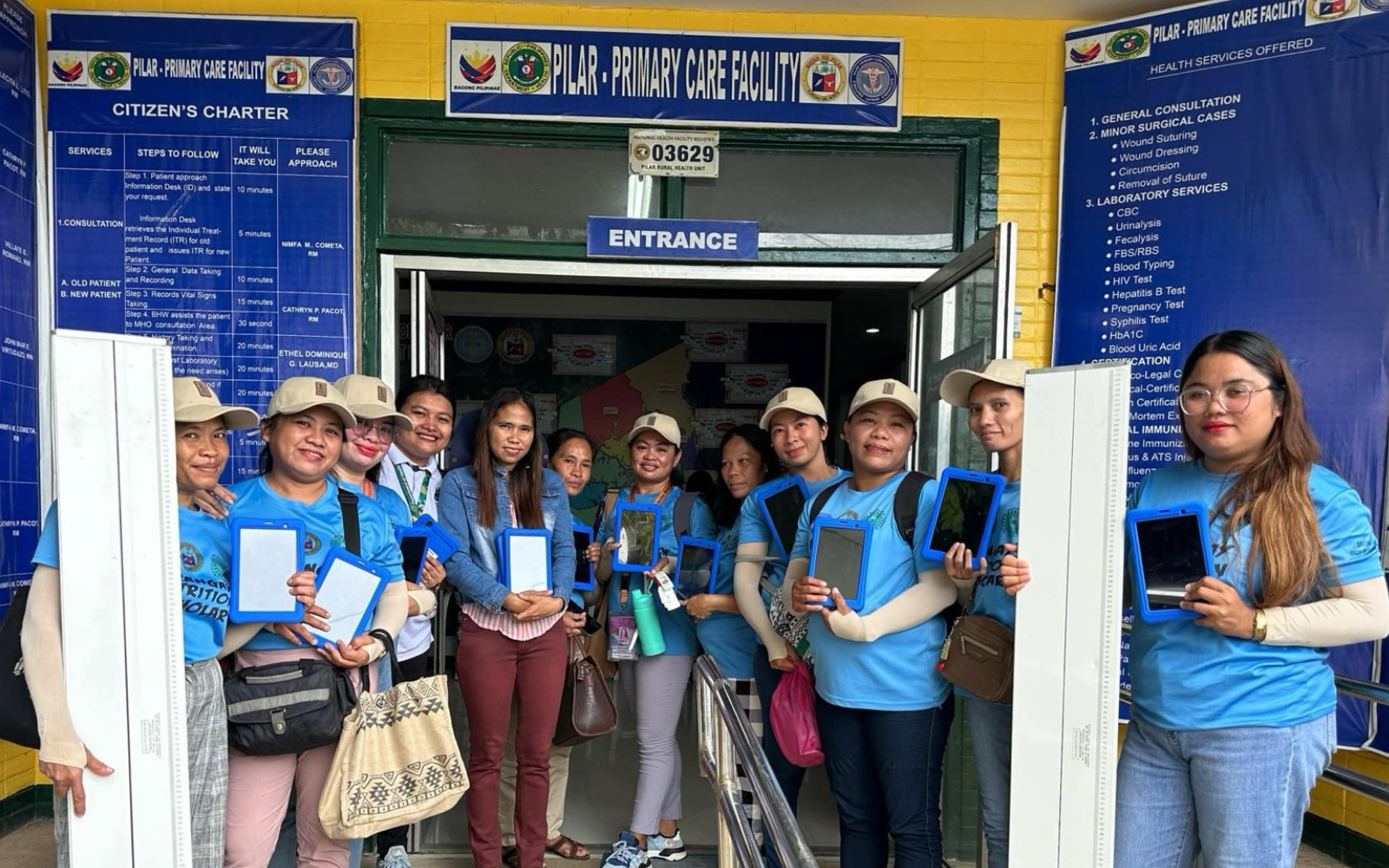Real-Time Health Data: How Pilar, Siargao is Using the ZFF Pook Malusog Dashboard
Stories
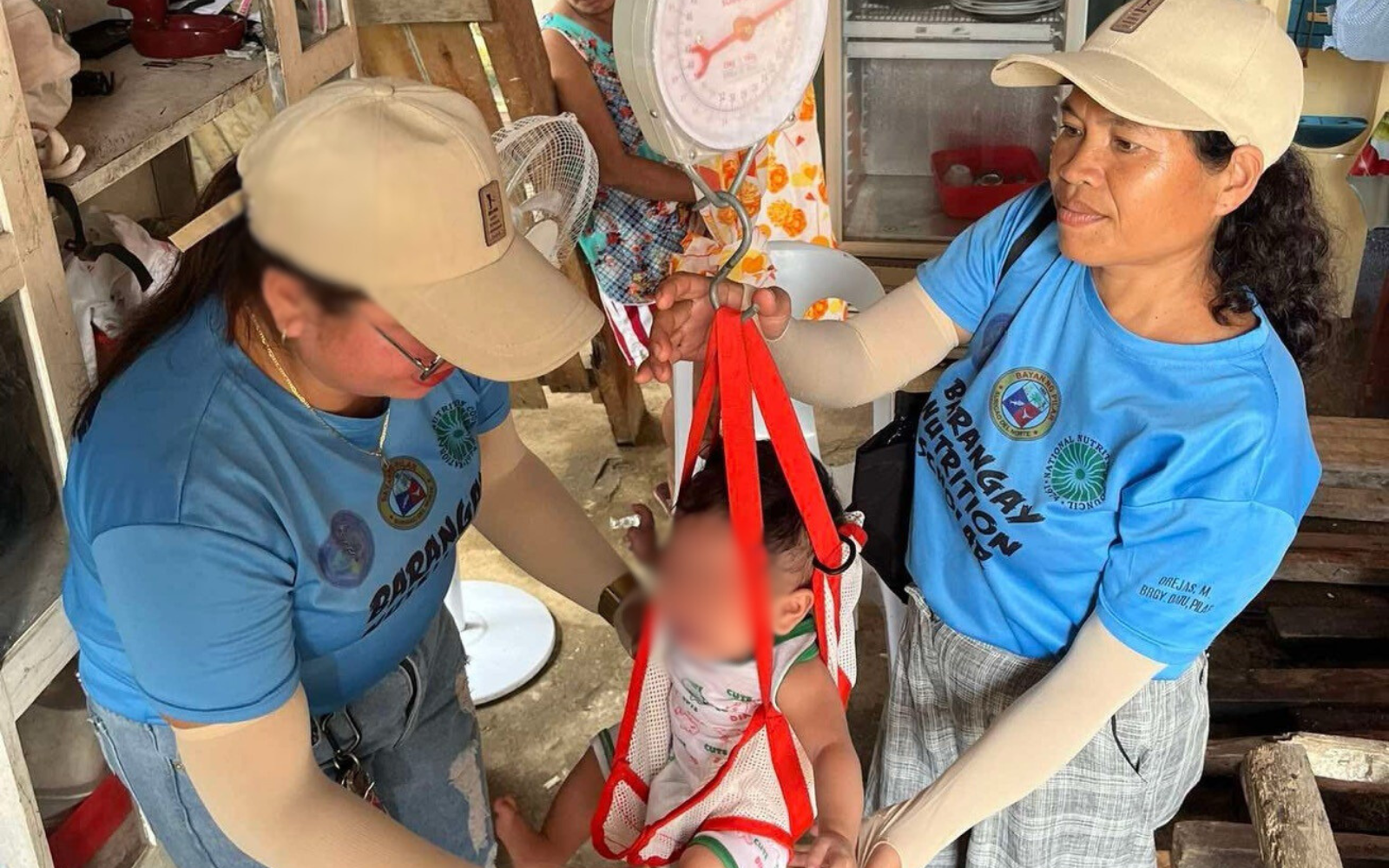
“A dream come true for my municipality.”
For Mayor Liza Resurreccion, having a real-time data platform to track the health and nutrition status of her municipality has always been a dream. Now, with the Zuellig Family Foundation (ZFF) Pook Malusog Dashboard, that dream is a reality.
Pilar, a fifth-class island municipality, faces constant challenges, from natural disasters to financial limitations. But Mayor Liza saw an opportunity in digitization. With the support of ZFF, she ensured that every Pilarnon could access quality health and nutrition services.
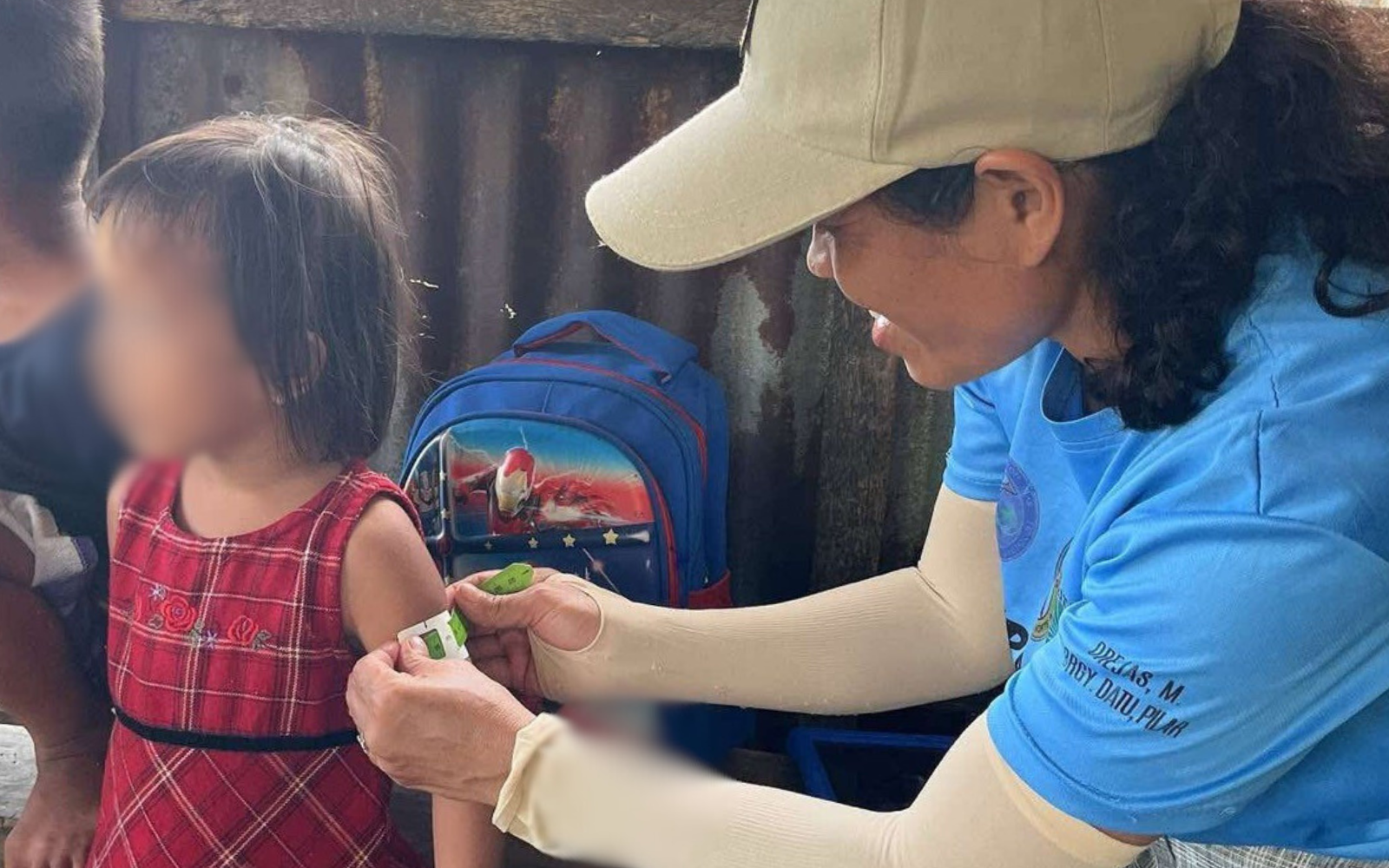
During a Local Health Board meeting, she stressed the importance of data-driven and evidence-based governance. She urged local leaders, including 15 barangay captains and health teams, to use data in making decisions that directly impact their communities.
The pilot implementation in Pilar covered five barangays and recorded vital data: 428 children (0-59 months), 36 pregnant women, and 357 households. Through the ZFF Pook Malusog Dashboard, they monitored nutritional improvements and identified areas needing urgent intervention, leading to better health promotion, referrals, and coordination for food security and social assistance.
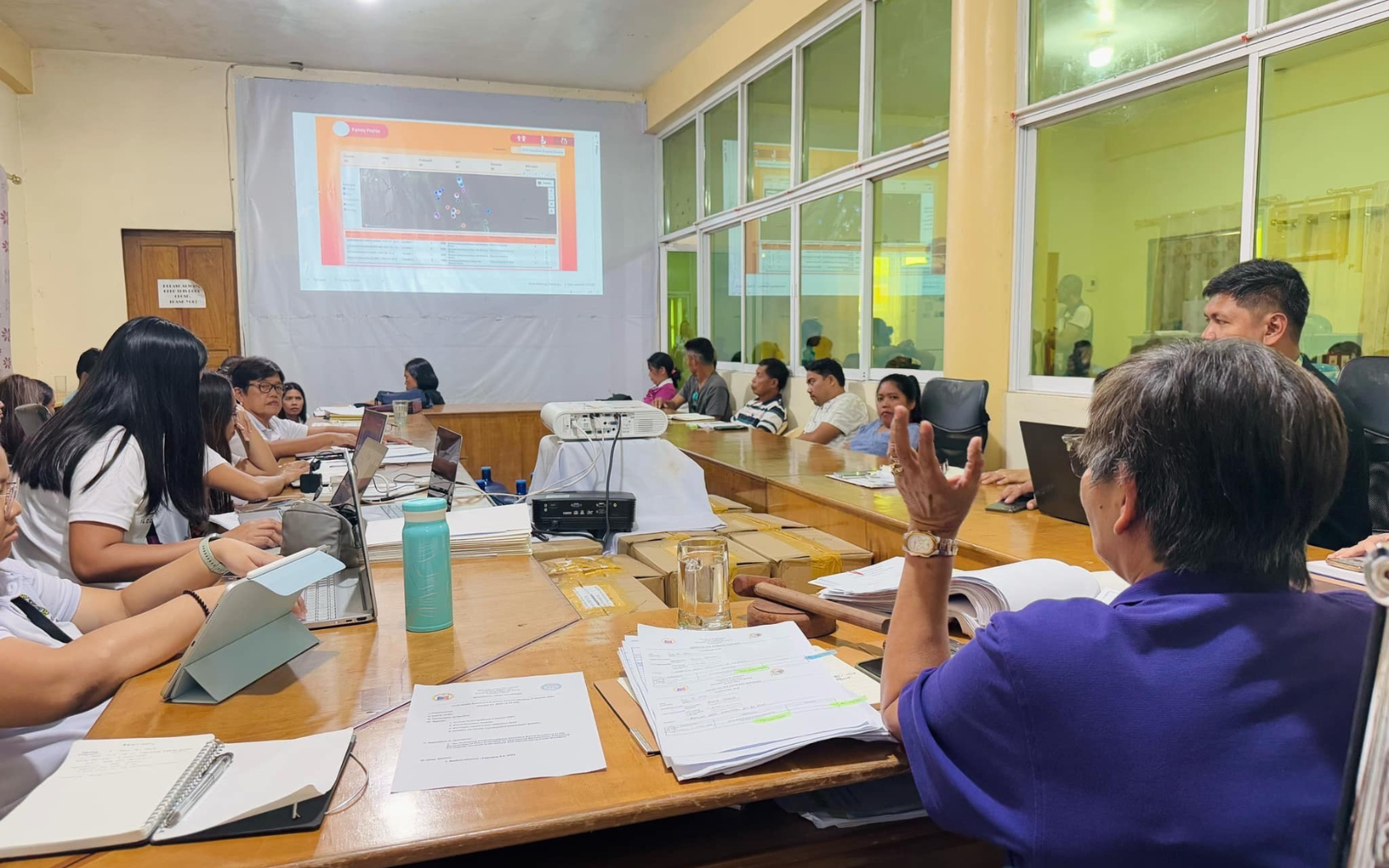
The platform created a sense of urgency among health workers, allowing them to visualize the extent of the problem in real time. Local councils, such as the Municipal Nutrition Committee, used the data to advocate for immediate interventions and budget prioritization.
Pilar has a history of strengthening its health system. The municipality completed ZFF’s Municipal Leadership and Governance Program (MLGP) in 2016-2017 and later joined ZFF’s Nutrition and Health Leadership (NutriHeaL) Program under the Ahon Siargao initiative in 2023. With increasing need for a reliable data system that can withstand natural disruptions, Pilar is now focusing on strengthening its Health and Nutrition Information System (HNIS).
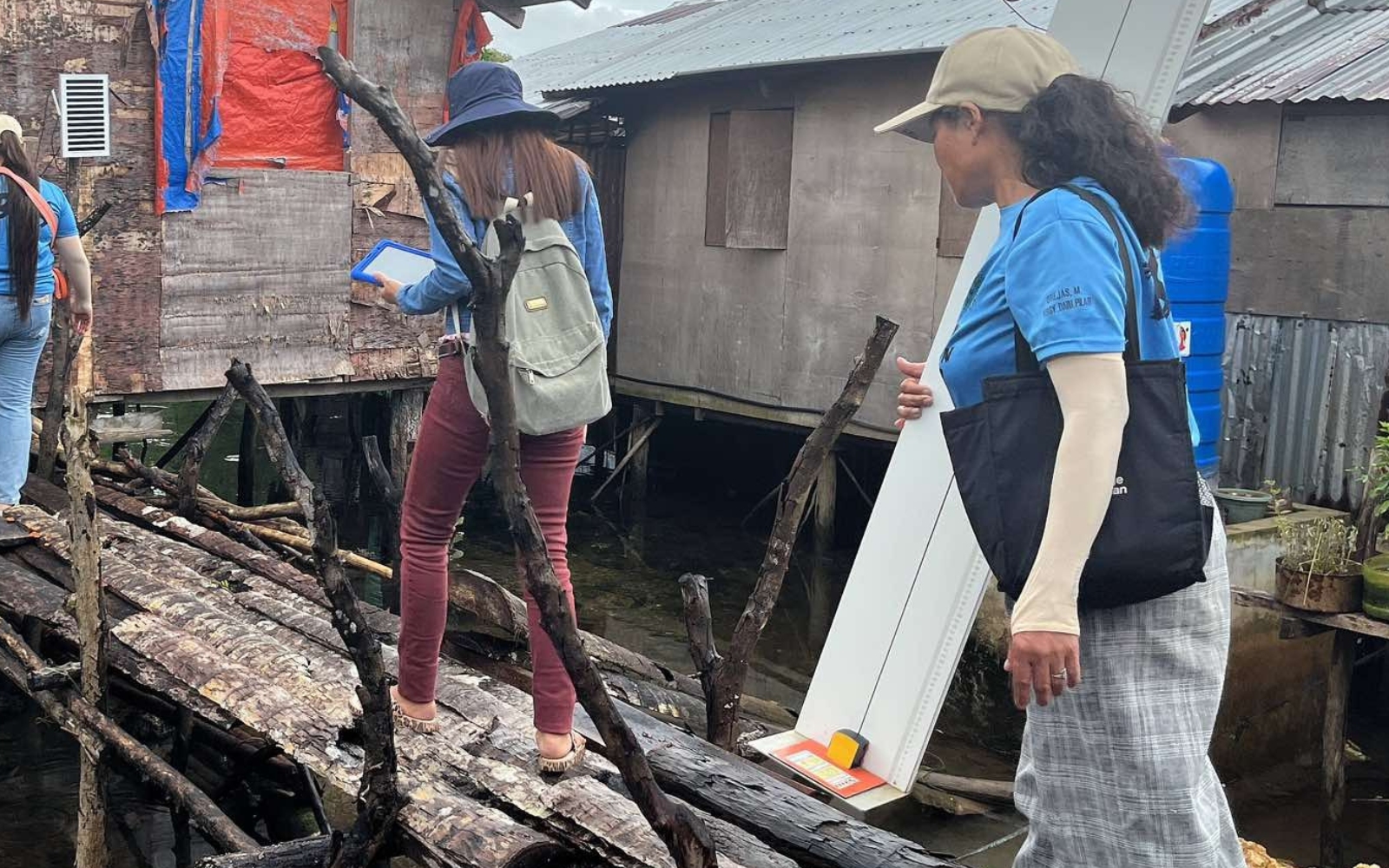
A total of 29 health and nutrition workers—including Rural Health Unit (RHU) midwives, nurses, and barangay nutrition scholars—were trained under ZFF’s program on data collection and database management. As a result, Pilar successfully deployed the tool across five pilot barangays, enabling midwives, nurses, and nutrition scholars to track children and pregnant women in real time. The system also mapped household profiles, allowing for a deeper analysis of health determinants like socio-economic conditions, water and electricity sources, and access to health insurance and social protection programs.
This 2025, Pilar initiated its annual Operation Timbang (OPT) survey equipped with the ZFF Pook Malusog Dashboard. What began with five pilot barangays has now expanded to 15, achieving municipal-wide HNIS coverage. With ZFF’s continued support, Pilar serves as a model for other LGUs in their own OPT monitoring and similar activities.
